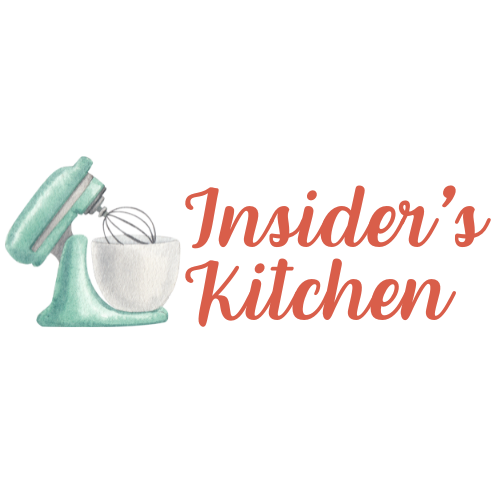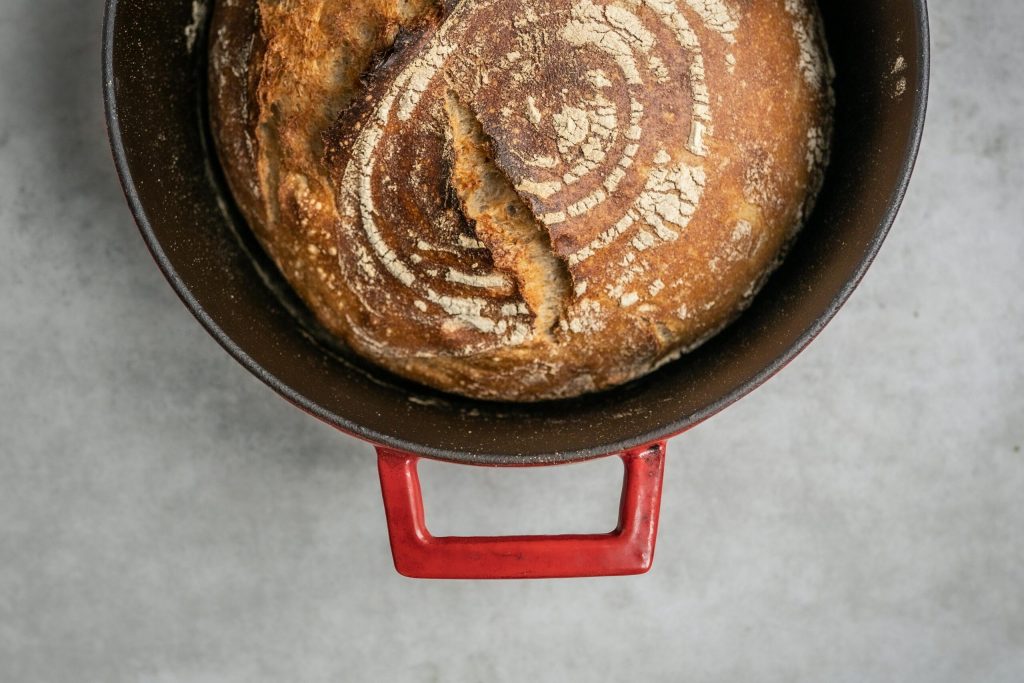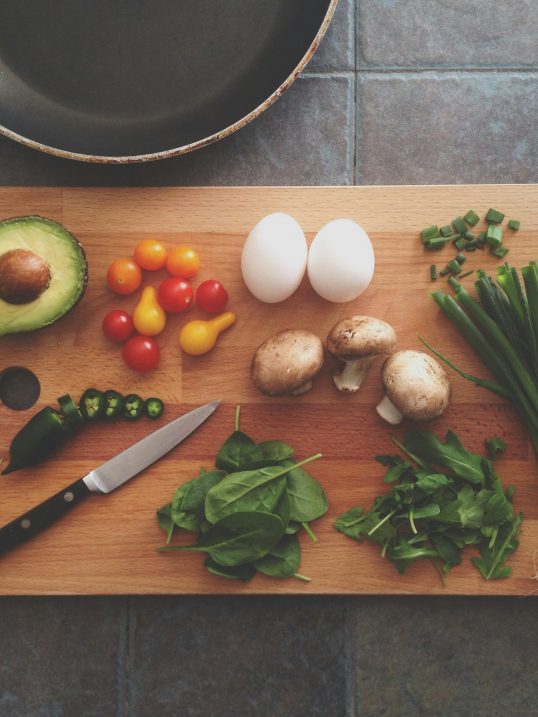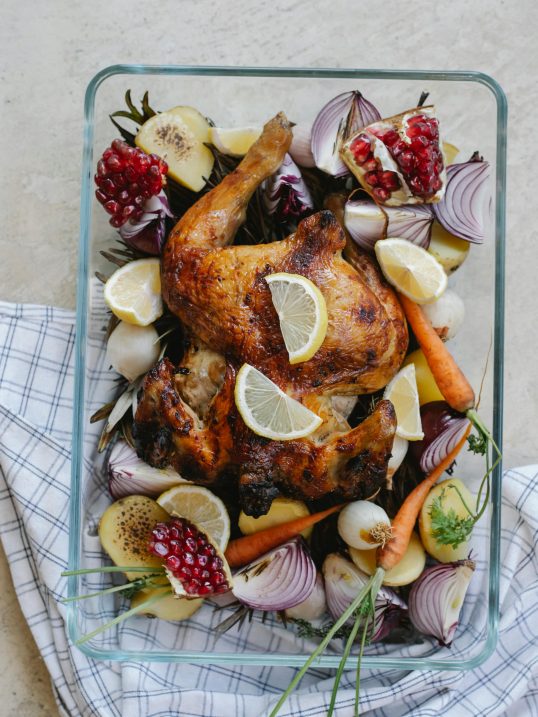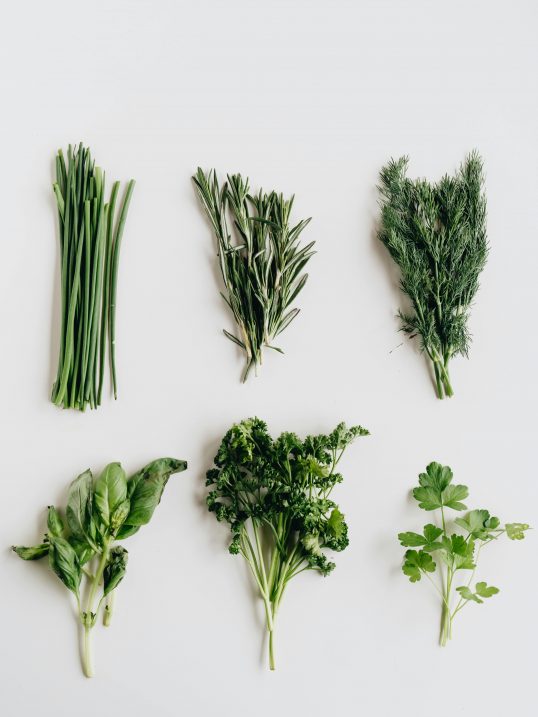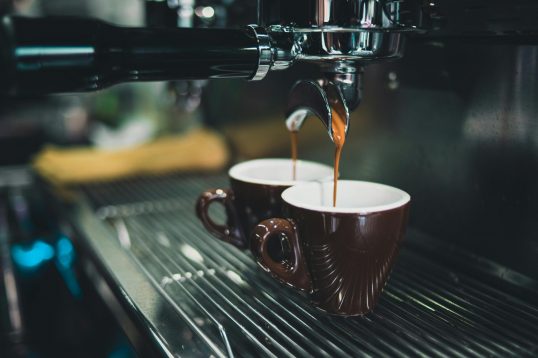For many people, dutch ovens are a kitchen staple.
This versatile cooking appliance has proven its worth, time and again. You can use it for roasting meats, baking bread, and even simmering soups or stews.
A Dutch oven is an investment that can last a lifetime, so you should aim to find one that suits your cooking needs. While there are many options to choose from, in this guide, I will help you determine the ideal size of Dutch oven for your kitchen, ensuring you get the most out of this beloved cookware.
What Size Dutch Oven Do I Need?
The suitable size of a Dutch oven largely depends on what you plan to cook and how many people you are cooking for. Here is a quick breakdown of the different sizes of Dutch ovens available in the market:
For Individuals or Couples (1/4 quarts)
¼ quart Dutch ovens are the smallest size offered. Due to their small size and ideal single-serving portions, buying these mini Dutch ovens in a set is best. Each one works perfectly for single servings of shakshuka, bread, mac n’ cheese, or cobbler.
However, they’re simply not as versatile as a full-sized Dutch oven. While you can use one to simmer a bit of sauce or make a single serving of cocoa, they are too small for cooking larger meals. If the budget allows, consider getting a large Dutch oven for most cooking needs and a set of these little guys to serve cozy, single-portion dishes.
For Small Families (4-5 quarts)
4-5 quarts is the perfect Dutch oven size if you are cooking for 3 to 4 people. This size is super practical—easy to lift and move from stovetop to oven without hassle. It is big enough to cook up a single serving of oatmeal but not so large that it feels overkill for smaller dishes. If you go any smaller, you can make sauces, side dishes, or reheat single portions of soup.
One of the best parts? It is small enough to live right on your stovetop, so there is no need to pull it out of a cabinet every time. It will always be ready for those quick weeknight dinners.
For Families or Preparing Big Meals (6-8 quarts)
A 6-8 quart Dutch oven is one of the most popular sizes because it works well for families of four to six. Although carrying an 8-quart Dutch oven that is filled up to the brim isn’t an easy feat, the enhanced flavor of the food makes up for it. The size can accommodate big batches of stews, soups, and large cuts of meat.
This is a good size for batch cooking, but you should check if it fits your oven comfortably. You can even fill it with ice and use it as an ice bucket at your next party.
Once you have a clear idea about the options, you should determine your intended use and portion sizes to make the right choice.
Read More: Cocette vs Dutch Oven
The Best Sizes for Each Use
This table illustrates the best Dutch oven sizes according to their usage.
| Cooking Need | Recommended Size | Why Is It Best? |
| Bread | 5 Quart | Perfect for a single loaf. It allows even baking and crust formation. |
| Stews and Soups | 6-8 Quart | Large enough for family-sized portions and maintains heat well. |
| Roasting Whole Chicken | 7 Quart | It fits a whole chicken and keeps it moist |
| Casseroles | 3-4 Quart | Ideal for smaller dishes or sides and is easy to handle. |
| One-Pot Meals | 6 Quart | Spacious for various ingredients. It is ideal for family-sized meals. |
| Searing Meat | 4-6 Quart | Allows browning without crowding, then braising. |
| Pasta Dishes | 5-7 Quart | Ample space for pasta and sauce mixing prevents overflow. |
| Deep Frying | 4-5 Quart | Allows enough depth for oil and food without splashing. |
| Baking Desserts | 3 Quart | Perfect size for desserts distributes heat evenly. |
| Camping and Outdoor Cooking | 6-8 Quart | Durable, holds up to heat over open flames. It is versatile for meals. |
The bottom line is that you should evaluate your cooking needs first before purchasing a Dutch oven. If you are a home chef, you should opt for bigger ovens. But if you cook only for a small family, a 3-4 quart oven may suffice.
The Best Option for Most People
Anywhere between 5-7 quarts, a Dutch oven is the perfect all-purpose size for most cooking. It has high walls preventing spills, but there is enough surface area to brown the meat. The size isn’t so large that you need help to put it in the oven. You can easily bring it to the table without any assistance.
Apart from these, the following are some perks that make this size useful for most people:
- Versatility: A 5-7 quart Dutch oven can handle single-pot meals, baking bread, and even small family portions. This makes it adaptable to different cooking needs.
- It works for most recipes: It is large enough for most standard recipes. It doesn’t take up excessive storage space.
- Energy efficient: Mid-sized Dutch ovens retain heat effectively for slow cooking. This helps to save energy.
Therefore, this size (5-7 quarts) strikes the right balance for most cooking needs. Many home and professional cooks find it meets their needs in a manageable size.
What Shape Is Best?
Dutch ovens come in two sizes: oblong oval and perfectly round circle shape.
The Circular Oven
The circle shape is more popular than the oval shape because it fits better on the burner, allowing an even heat distribution. This shape is ideal for cooking soups, stews, pasta sauces, and one-pot meals, where ingredients can be easily stirred and require equal heat.
When braising in a circle Dutch oven, food can be seared evenly and then simmered to achieve tender results.
The Oval Oven
An oval Dutch oven has an elongated shape, which is great for roasting larger cuts of meat, like whole chickens or roasts, as it provides more length. The oval shape can make it slightly trickier to fit on a single stovetop burner, but it works well in the oven for braising or baking.
You can make the most from this size if you know the types of meals you usually make and how many people you cook for. It is also perfect for recipes that go from stovetop to oven.
Choosing a Dutch Oven
When selecting a Dutch oven, some other factors you should consider include:
Materials
These ovens are available in various materials, each with pros and cons.
Size
As covered earlier, size is vital when choosing a Dutch oven. First, you should consider the foods you typically cook and the number of people you serve. A 5-6 quart Dutch oven is a common option. Meanwhile, larger sizes are better for cooking for bigger groups.
Shape
The shapes of Dutch ovens (large or round) should be based on your cooking needs. Round Dutch ovens are great for soups, stews, and baking bread. On the other hand, the oval ones are better for roasting meats like whole chicken or large cuts of beef.
Lid Fit
A good Dutch oven should have a tight-fitting lid to keep moisture and heat locked in. Look for a well-fitting lid that retains steam during cooking.
Budget
Prices can vary widely based on material, brand, and size. High-quality brands like Le Creuset and Staub are highly durable and well-regarded. Besides these, some more affordable options are easily available in the market. Handles and Weight
Dutch ovens can be heavy, especially when filled with food. Choose one with sturdy, heat-resistant handles that make it easier to move around.
A convenient handle and even weight distribution means you won’t need help moving the pots from the stovetop to the table.
Insider’s Insight
Choosing the perfect Dutch oven is all about matching it to your cooking needs. And most importantly, think about how it aligns with your kitchen vibe.
Next, ask yourself – what size Dutch oven do I need?
If you are all about big batches and hearty family dinners, go for a 5-7 quart size. It is the MVP for most home cooks. But if you want to whip up smaller meals or single servings, a compact size should be the ultimate choice.
Your chosen Dutch oven can turn into your kitchen BFF, one you cannot imagine cooking without.
